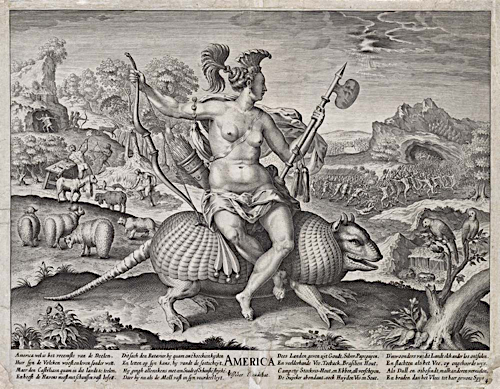
| ||||||
| Level 100 | ||||||
| ||||||
| Level 200 | ||||||
|
| ||||||
| Level 300 | ||||||
|
| ||||||
| Level 400 | ||||||
|
| ||||||
| Level 500 | ||||||
|
| ||||||
| Level 600 | ||||||
|
| ||||||
| Level 700 | ||||||
|
| ||||||
| History of Art | ||||||
| LS&A | ||||||
| University of Michigan | ||||||
| Back to the list of courses |
First Year Seminar: How Empires Look: Identity and Otherness c. 1300-1800

Why is there interracial love in the Garden of Earthly Delights of Hieronymous Bosch? Why could no one, not even Emperor Qianlong, walk among the European Palaces in his Perfect Brightness Gardens? Why are frescoes of travels to Mongolia by Tuscan missionaries among the earliest examples of "documentary" art? Whose imperial architecture was most formidable in the rivalry of the Safavid, Ottoman, and Mughal empires? Why did Albrecht Dürer represent an Indian rhinoceros he had never seen, but not the Aztec calendar stone—or did he? And how does our experience as global and multicultural beings today condition our stake in these questions?
This introductory course engages various case studies in the visuality of empires c. 1350-1800. We will address the limitations of notionally universal aesthetic concepts when applied cross-culturally, as well as the limitations of local or indigenous terms, à la art historian Michael Baxandall's "period eye." We will question the usefulness of established concepts of globalization while identifying some provisionally productive heuristic terms. The politics of aesthetics emerges in a particularly forceful way when cultural identity must be represented under global conditions. This course culminates in short research papers exploring foundational examples of this ongoing process.
Textbook: A coursepack will be made available.
Estimated Cost of Materials: less than $100.